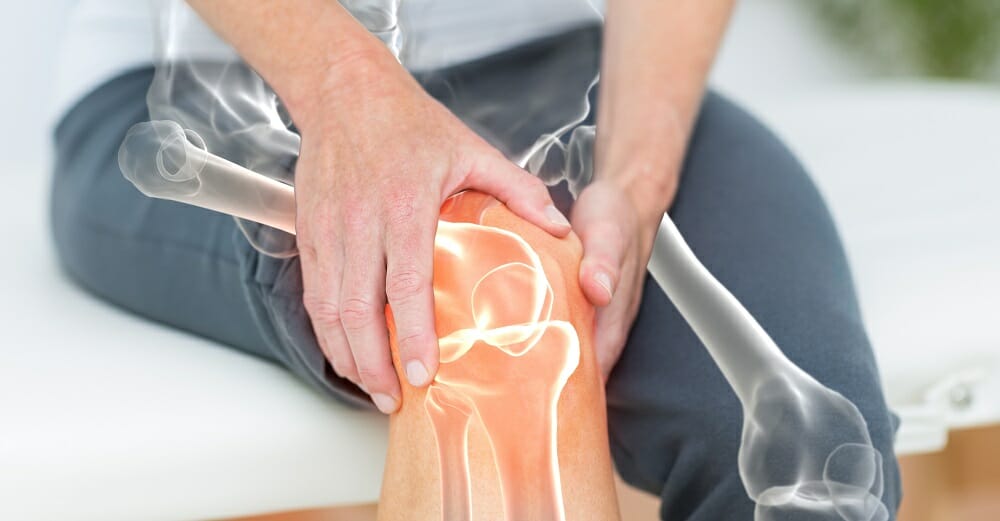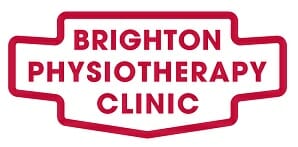Treatment for Golfers Knee
What is Golfers' knee?
Compressive forces can be produced in the knee following an incorrect golf swing and this can result in a damaged medial meniscus. A golf swing involves a series of complex events which includes an upswing, a downswing, and follow-through phase accordingly. The upswing puts the body through some less intensive physical stress. However, this is the phase where most knee injuries occur. Two important factors in this phase are balance and mobility.
The downswing is the next phase. It requires extreme upper and lower body coordination as it is the most critical phase. Poor body coordination in many unconditioned golfers often results in injuries in this phase.
The follow-through phase comes last, and accounts for up to 25% of all golf-related knee injuries. The muscle tries to slow the body down in this phase which requires rigorous physical activity and stress.
Causes of Golfers’ Knee
The knee is a common injury site during golf swings. These injuries are caused by poor flexibility and strength of the trunk, poor swing techniques, and lack of warm up.
A golf swing produces forces that cause internal and external rotation of the tibia which is protected by the knee ligament and menisci and leads to a tear.

Prevention and Treatment of Golfers’ Knee
The knee endures a huge amount of force during a regular golf swing. During a golf swing, the forward knee produces 4.5 times the overall body weight while the opposite knee produces 3.2 times that. Even though these forces do not last long, as they are produced in an instant, an injury is still possible, especially if there is a pre-existing knee injury.
Here are some common ways of golfers’ knee prevention and treatment.
Daily Stretching
Flexibility is very essential, as it helps minimize the risk of overall injuries. The quadriceps, gluteal muscles, hamstrings, and IT-Band should be focused on when exercising the lower body.
By improving your flexibility, you increase your motion which is a key part of living. Also, maintaining your flexibility is much easier than regaining it.
Support the Knee by Strengthening your Quadriceps Muscles
Squats, lunges, and step-ups are perfect, simple exercises that help strengthen the knee if done correctly. A proper evaluation should be carried out by a professional chiropractor or physical therapist before starting a program. This will help identify any imbalance in preexisting muscles.
A Knee Brace/Tape
For some golfers, pain in the knee can be prevented and reduced with the use of a knee brace. The knee will gain support from the compressive forces. Kinesio taping can also be used as an alternative type of support for the knee without reducing its range of motion in the process.
Ice
After a golfing session, ice should be applied to the knee if pain is experienced. Ice will be the best treatment to reduce pain caused by inflammation.
The ice should be wrapped in a plastic bag or cloth and placed on the affected area for a period of 20 minutes, after which it should be kept away for the next 90 minutes. This process should be repeated. Prevention is always better than a cure. You should listen to your body and only play a golf game when you are ready.

Using Physiotherapy
Great techniques and excellent body positioning are needed during a complex golf swing to avoid injury to the knee joint. The knee is well suited for the end-to-end movement and rotation that takes place during a golf swing. This makes extra precautions essential to make sure that the knee does not undergo additional stress. A physiotherapist can help determine the precautional measures you should take before a golf game without hurting your knee.
Improving the flexibility of the muscles in the middle back, lower back, and hips, will prevent knee injuries from occurring to a large extent. A full rotation is possible in your back hips when these areas are flexible. The stress from the swing is evenly distributed around your knee which will prevent further injury.
Partaking in strength training routines will reduce the possibility of an injury and improve performance. Strong muscles around the knee joint are also important.
Diagnosis for a Golfers’ knee
The first evaluation to be done by your health care provider will be a medical history assessment. You may further be asked about the mechanism of the injury to determine the extent of the damage.
In order to address other symptoms, further questions will be asked. Was there swelling, if so, did it appear immediately or after a few hours. A physical examination will also be done. It starts with an inspection of the bones by the physician to ensure they are in the right position. Also, an X-ray might be used to determine there are no broken bones.
Getting Help
If you worry about your health or plan to start a new exercise program, consult with your physician or other health professionals first. Golfers’ knee, if left untreated, can impair your ability to carry out daily activities. We have a team of trained experts to help. Contact us for a thorough examination of the affected area.
